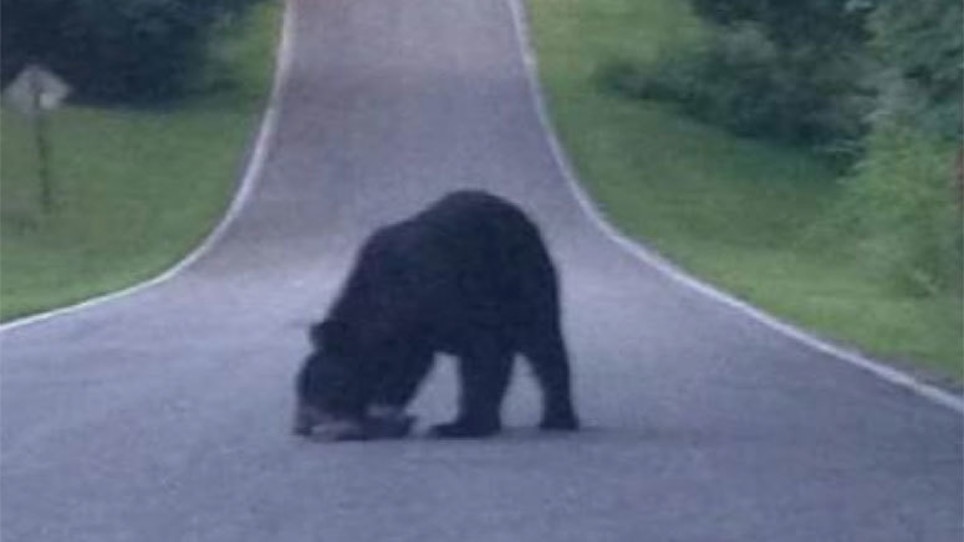A black bear that's roaming southern Indiana — only the second wild one confirmed in the state since the 1870s — is the latest sign the adaptable animals are on the rebound across the nation, wildlife biologists say.
Hunting and deforestation eradicated black bears in much of their original U.S. range by the late 19th century. But an increase in forested land and changes in hunting regulations in the last few decades have boosted their numbers in states where they maintained a foothold and sent some ambling across state borders, said Dave Garshelis, a bear scientist with the Minnesota Department of Natural Resources.
The bears are even establishing new populations, mostly recently in Ohio, where there are an estimated 50-100 bears. Indiana could be next, due to a good breeding habitat and growing numbers of them in adjacent states, including Kentucky and Michigan.
"Nobody would have expected back in the '80s ... what it would be like in 2016, how much the black bear populations have grown. They are extremely adaptable," said Garshelis, who co-chairs the Bear Specialist Group, a research organization.
Black bears were once absent in Connecticut, Ohio, Oklahoma, Missouri, Nevada, Rhode Island and Texas, but have come back due to populations migrating from neighboring states, he said.
Indiana's first recorded sighting in almost 150 years came last year. A young male repeatedly traveled from Michigan to northern Indiana and back, feeding on human garbage and bird food. It was euthanized in April by Michigan officials who said it had become aggressive and tried to get into homes.
The second bear, believed to be another young male, apparently swam across the Ohio River from Kentucky, which has a core population of about 700 bears across four counties, said John Hast, Kentucky Fish and Wildlife's bear program coordinator.
The bear was first spotted in mid-July and has tramped through several counties. Evan Sporleder, a 28-year-old who lives next to southern Indiana's Big Oaks National Wildlife Refuge, saw it Tuesday outside his home. The bear bolted, but then sat down in the rural road outside his home for a 15-minute rest until a passing train sent it scurrying into a cornfield.
Sporleder, who filmed and photographed the animal, said it would be great if black bears re-establish a population in Indiana.
"They've native to here, they were here before, I don't see any reason why they shouldn't be here again," he said.
Taylor Rasmussen, a nongame mammologist with the Indiana Department of Natural Resources who has been tracking the bear, is urging residents to secure garbage cans and remove bird feeders and other food sources so that it stays leery of humans.
Since it's believed to be the only bear in the state, the male likely will have to return to Kentucky to find a mate.
Should bears continue to arrive, southern Indiana's forested hills, rocky outcroppings and caverns would be a good habitat for a breeding population, Rasmussen said.
"We'll let them move in by themselves, if that's their course of action," he said. "We don't know when that might happen, but it's definitely possible."






